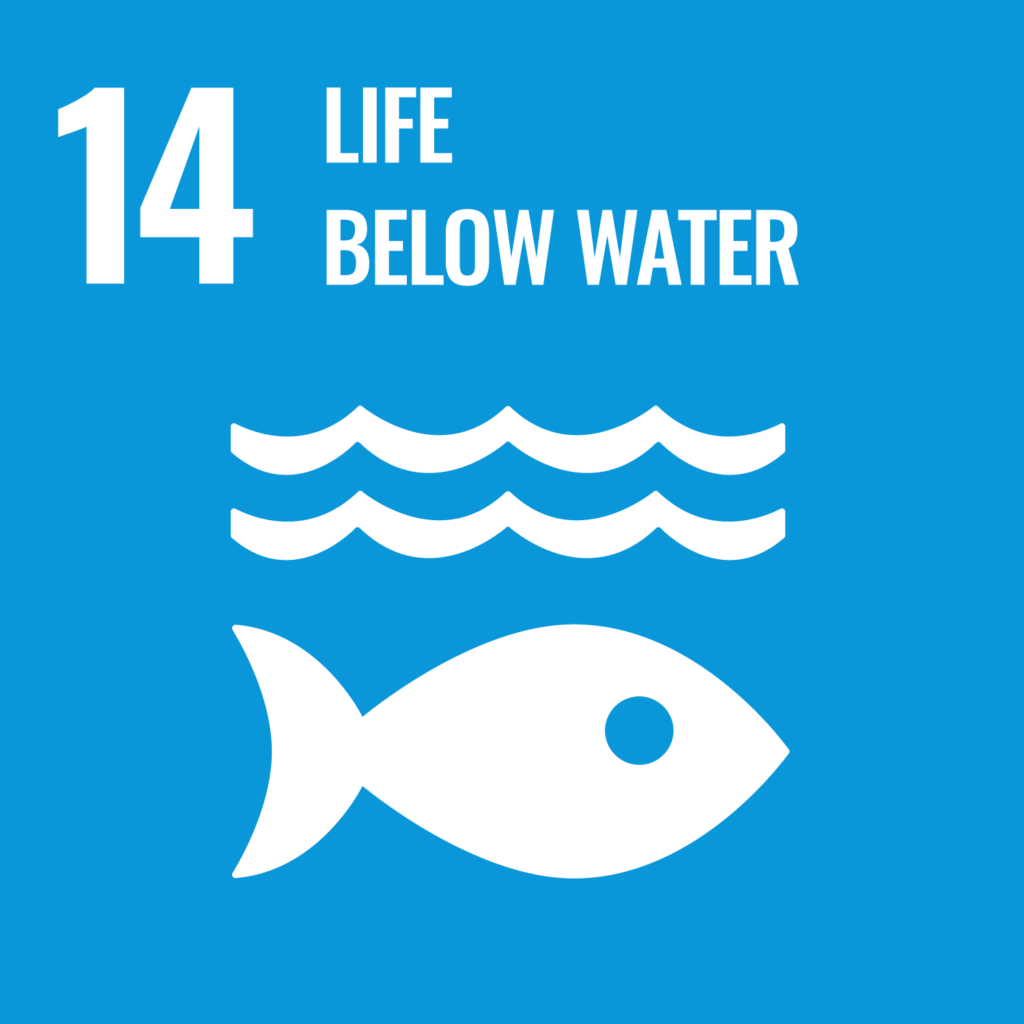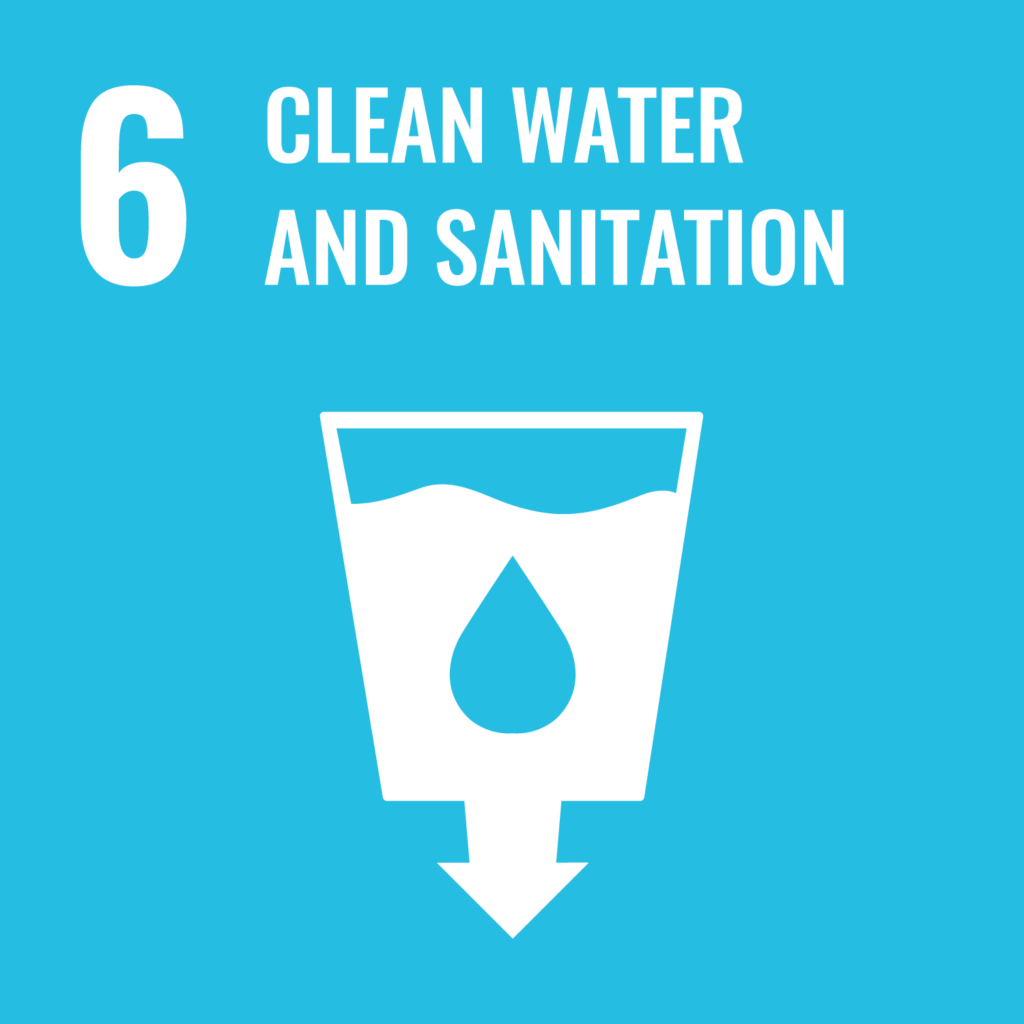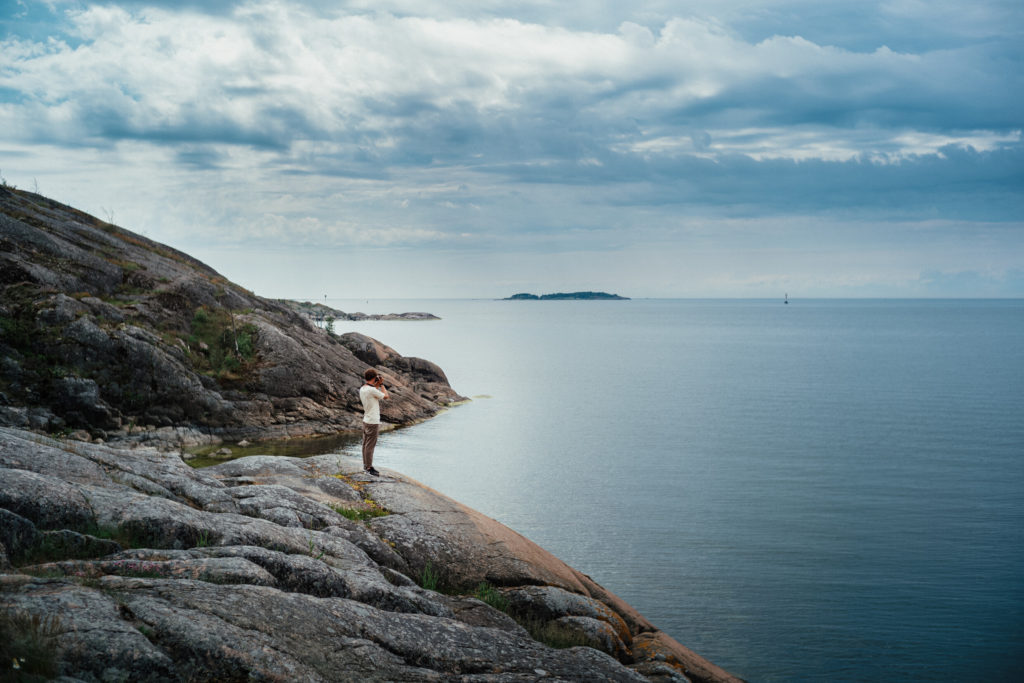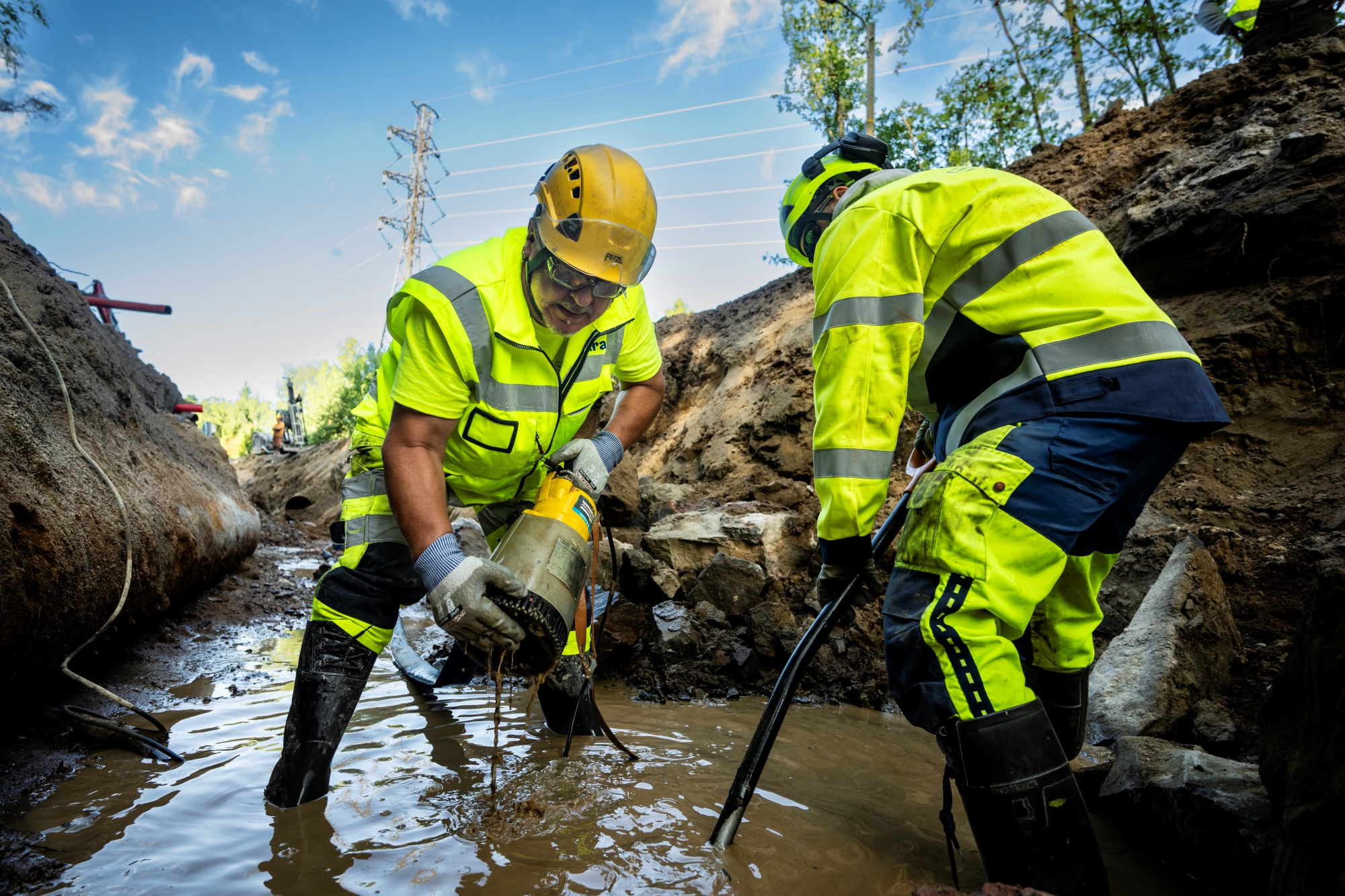

SDG 6 Clean water and sanitation
Helsinki is committed to caring for the Baltic Sea and its shores and reducing emissions discharged into the Baltic Sea. Helsinki’s drinking water is clean and not at risk of contamination. The wastewater network is extensive and wastewater treatment is world-class.
SDG 14 Life below water
Helsinki’s underwater life is diverse and valuable. Helsinki’s water areas include large sea areas as well as small water bodies and the Vantaa River. Helsinki’s numerous islands, coastal shallows and reefs create a diverse habitat for marine life. Freshwater streams, ditches, ponds and springs, on the other hand, support an abundance of freshwater life. The Vantaa River and several streams are valuable habitats where trout return to spawn and spend the early part of their lifecycle.
The status of Helsinki’s sea area and small water bodies is adequate and the status of the inner bays is passable. The chemical status is worse than good. Water quality is impaired by nutrients and pollutants entering the water from land, as well as littering and heavy use of the areas, among other factors. The effects of climate change are also reflected in water bodies, for example as rising water temperatures. Efforts are being made to improve the status of the sea and small water bodies through both statutory and voluntary water protection measures, sustainable maritime spatial planning and the protection of the most ecologically valuable waters. The Baltic Sea Challenge’s Baltic Sea Action Plan for 2024–2028 includes 23 voluntary measures that Helsinki is taking to improve the status of coastal waters and the Baltic Sea as a whole. The City monitors the state of the marine environment in a long-term, comprehensive and high-quality manner. The monitoring data can be used in a variety of ways, both internally and in cooperation with external research bodies. The City has developed the monitoring of small water bodies with stream-specific continuous water quality indicators.
Successes:
- In the Hevosenkenkälahti bay of Lauttasaari, the seabed has been restored and some eelgrass has been experimentally introduced into the area. The aim is to rehabilitate the underwater habitat and increase biodiversity.
- Underwater nature reserves are strongly highlighted in the new nature reserve programme for 2025–2040.
- Work on the blue network has continued and new water channels have been mapped during 2024.
Areas for development:
- Qualitative management of stormwater.
- Control and mitigation of human pressure on water areas.
- Meeting the challenges of water management in maritime Helsinki.
- Identification and protection of small ecologically valuable water bodies.
- Monitoring and classification of the ecological and chemical status of small water bodies in Helsinki.
- Mitigation of the littering of water bodies.
Programmes:
Baltic Sea Action Plan 2024–2028 PDF


